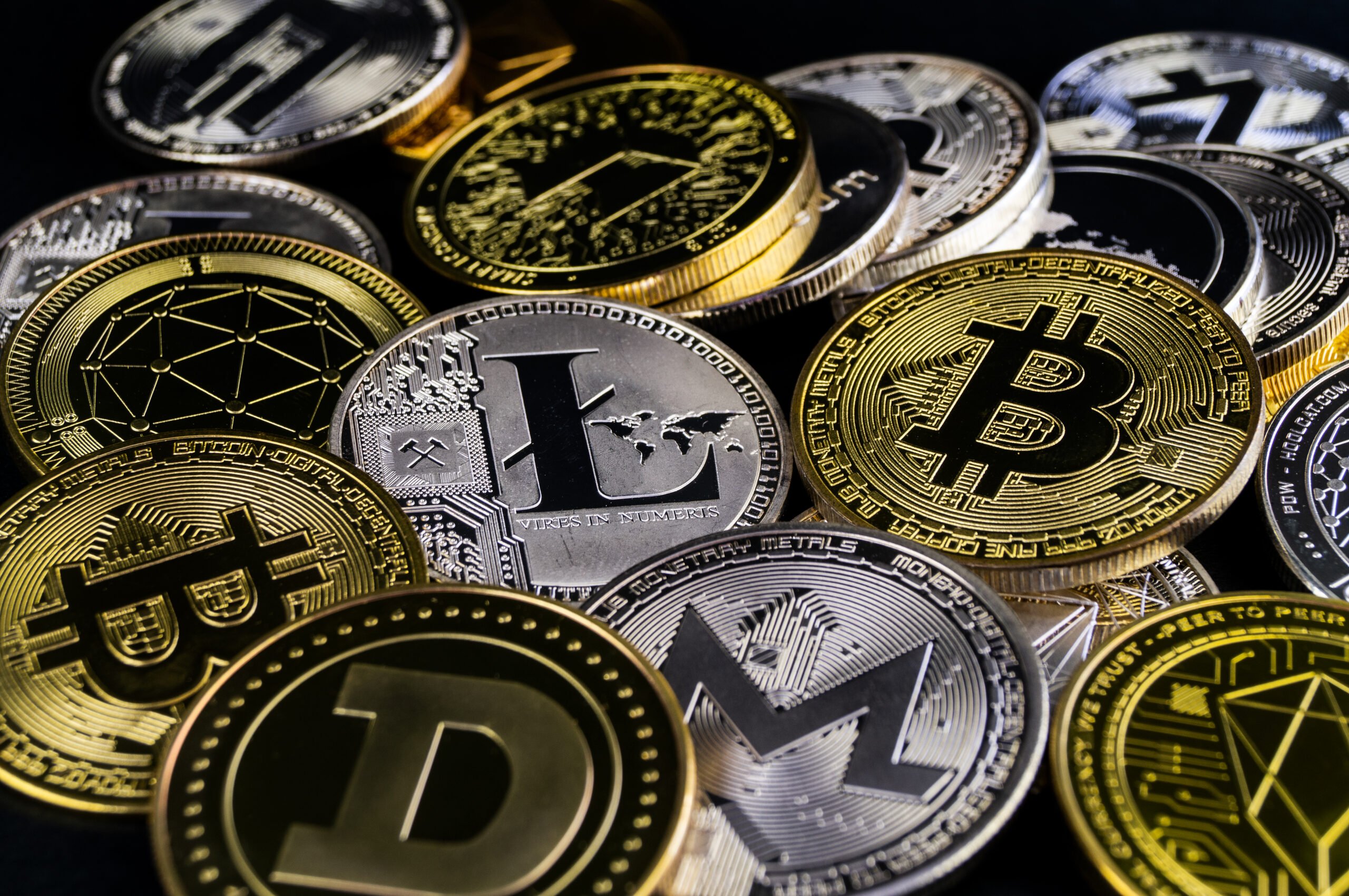
New coins and tokens are being created on a regular basis, and cryptocurrencies have grown to be a significant force in the financial sector. It might be difficult to stay on top of all the advances as the market expands. Let’s highlight five cryptocurrencies to watch in 2023. The decentralization movement was sparked by the first cryptocurrency, Bitcoin. Without bitcoin, cryptocurrency would not be where it is now. Bitcoin was unique in that it created a fresh viewpoint on trust.
A mathematical procedure known as “proof of work” is used in Bitcoin to accomplish public consensus verification, according to which no user can be trusted. Proof of Work functions are reliable, and difficult to undermine. It was actually the first piece of technology to promise internet security. BTC is the largest digital currency in the world as of today has a market valuation of more over $125 billion. As Bitcoin has gained popularity, its price has risen. In May 2016, one Bitcoin cost approximately $500. A single Bitcoin was valued at roughly $28,200 as of May 2, 2023. That represents an increase of over 5,540%.
Solana Crypto
Solana is a blockchain platform that achieves great speed and scalability via a novel consensus method called Proof of History (PoH). With the use of a cryptographic clock called PoH, nodes can agree on the sequence of transactions without the use of time-consuming computing procedures. Solana is among the fastest blockchain systems in the world because to its architecture, which is built to enable thousands of transactions per second (TPS). SOL, the native cryptocurrency of the Solana network, is used to cover transaction and computational service costs. Staking, which enables users to lock up their SOL as collateral to secure the network and receive benefits in return, is another usage for SOL.
Solana’s great speed, scalability, and developer-friendly tools and resources have helped it become very popular in the cryptocurrency field. Alameda Research, and Jump Trading are just a few of the well-known investors and businesses that have already made large investments in and supported the platform. Solana is in a good position to take the lead in this market as the need for quick and scalable blockchain platforms increases. The platform appeals to developers wishing to create decentralized Apps due to its support for Ethereum smart contracts and emphasis on developer tools and resources.
Ethereum
A decentralized blockchain platform called Ethereum has grown to be one of the most well-known and significant initiatives in the cryptocurrency space. Decentralized apps (dApps) can be created on the Ethereum blockchain technology, which also supports smart contracts. In smart contracts, the details of the agreement between the buyer and seller are directly encoded into lines of code. These contracts self-execute. Building and deploying dApps can be done using the Ethereum blockchain, which is intended to be a worldwide, open-source platform.
The native money of Ethereum is called Ether (ETH), and users of the network can use it to pay for transactions and computational services. Staking is another usage for ETH, which enables users to lock up their ETH as collateral to secure the network and receive payments in exchange. Ethereum secures the network and verifies transactions via a proof-of-work consensus process. In order to verify transactions and add new blocks to the blockchain, miners compete to solve challenging mathematical puzzles. Because of how much processing power and energy are needed for this process, there have been questions raised about how proof-of-work blockchains like Ethereum would affect the environment.
Tether
The stablecoin Tether (USDT) has grown to be one of the most widely used cryptocurrencies worldwide. Tether, a cryptocurrency that was introduced in 2014, aims to be a reliable, digital equivalent of the US dollar that gives customers a simple and dependable means of transferring money between various exchanges and wallets. Tether is a cryptocurrency that aims to keep the value of the US dollar steady. Therefore, one USDT should always be worth one USD, according to this. Tether accomplishes this stability by holding an equivalent amount of US dollars in reserve to back each USDT token.
Although it has since grown to other blockchain systems, including as Ethereum and Tron, Tether was initially established on top of the Bitcoin blockchain using the Omni Layer protocol. The British Virgin Islands-based corporation Tether Limited, which issues Tether, is audited by Moore Cayman, an accounting firm. Tether is made to be a reliable store of value that can also be used as an account unit and a medium of exchange. On several cryptocurrency exchanges, users can purchase USDT tokens and keep them in a digital wallet. Then, investors can buy and sell other cryptocurrencies with USDT tokens or move money between wallets and exchanges.
Cryptocurrency Litecoin
The cryptocurrency known as Litecoin (LTC) was developed in 2011 by Charlie Lee, a former Google developer. Due to its many similarities to Bitcoin, as well as some significant distinctions, Litecoin is frequently described to as the “silver to Bitcoin’s gold”. A peer-to-peer network is used by the decentralized cryptocurrency known as Litecoin. Like Bitcoin, Litecoin keeps track of all transactions on a public ledger known as the blockchain. The blockchain for Litecoin is built to handle transactions more rapidly and effectively than the blockchain for Bitcoin. Like Bitcoin, Litecoin has a distinct mining algorithm.
While Litecoin utilizes the Scrypt algorithm, which can be mined using consumer-grade technology, Bitcoin uses the SHA-256 method, which consumes a lot of processing power and energy. Users transfer and receive LTC tokens on the blockchain in Litecoin in a manner akin to that of Bitcoin. The network’s nodes handle transactions on the Litecoin blockchain, verifying them before adding them to the ledger. The time it takes to process transactions is one of the main distinctions between Litecoin and Bitcoin. Litecoin transactions are processed in a matter of seconds, whereas Bitcoin transactions can take several minutes. Because of this, people that wish to transfer and receive cryptocurrency swiftly and effectively frequently use Litecoin.






